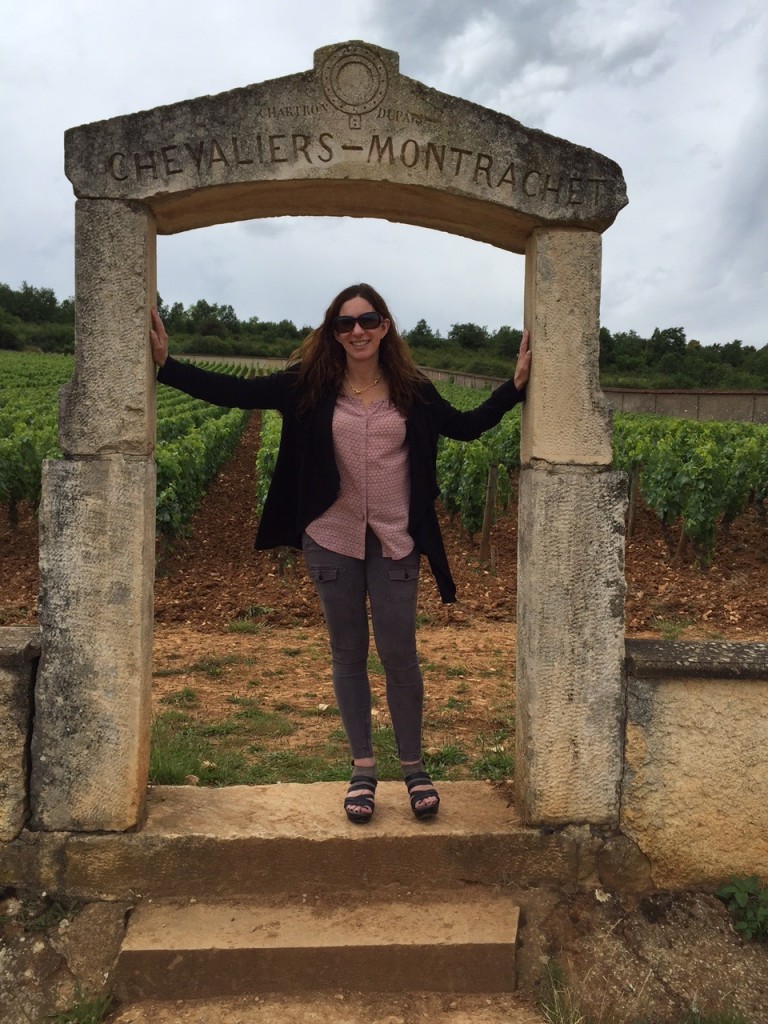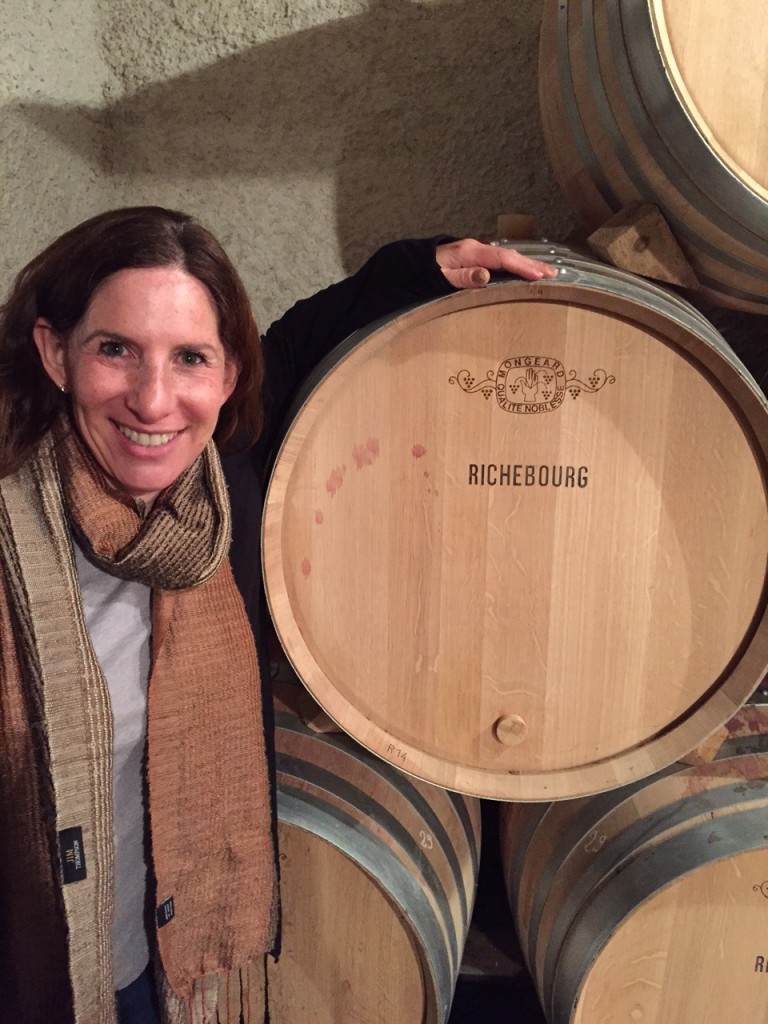What I Learned in Burgundy
If someone calls your wine “Burgundian” in style, it means that your wine tastes like wine. When I tasted wine in Burgundy, I failed to identify a single unifying characteristic that stamped the wine definitively “Burgundian.” I tasted wines with explosive red fruit aromatics and others with savory notes, earth or spice components. One wine was so overtly oak-driven, the fruit had all but disappeared. (I call these “Home Depot” wines. They taste like a 2 x 4 plank. We make them in California, too). Some wines were light and ephemeral, like being kissed by a cloud (cue angel chorus), while others finished with an intense, drying tannin that rivaled a young cabernet. I tasted some pinots with red fruit, others with dark fruit. Some wines unfurled layers of exotic spice, violets, and seductive perfumes. Others were less alluring. I also tasted a broad range of maturity, from barrel, from bottle, and from older vintages. I was extraordinarily lucky. And across the board, vintners, winery reps, and wine shop owners were warm, kind, generous, and eager for me to taste their wines. I even peeked in private cellar, a musty, mold-encrusted cavern housing Grand Crus from 1850’s and 60’s. Our guide simply uttered, “Wine heaven,” gesturing towards metal cages of aging bottles.

In France, Burgundies are almost always barrel aged “over vintage,” meaning they will bottle the 2015 vintage in 2017. Here in California, pinot vintners are split, some bottling after 10 moths in oak (Bruliam included) and others holding their wine in oak longer (“over vintage”). Also, the French never cop to adding inoculum for secondary fermentation. They simply wait until the cellar warms up in the spring and hope for the best. I envy their optimism and patience. I tasted a pinot from barrel that was still fizzy (“frizzante”), in the throes of malo-lactic fermentation in mid-June. And the winemaker was totally chill and nonchalant. He took a drag on his cigarette, re-adjusted his beret, and shrugged in that very French sort of way.
Burgundy conisseurs will tell me that I am wrong; they always correctly identify the French pinot in a blinded taste test. Master sommeliers will scoff at my naivety, my failure to decisively categorize pinots as “Old World” and “New World” by aromatics and palate alone. And I admit to being a terrible blind taster. But in my defense, I know what I tasted. And what I tasted was a broad and wonderful range of styles, approaches, barrel regimens, and fermentation techniques. One domaine uses lots of whole cluster. Another would never consider whole cluster fermentation, instead allowing the cap to float “like tea” in the fermenting juice. This guy also refuses to do regular punch downs. “I don’t work so hard in harvest,” he confessed.
In the spirit of liberte, egalite, et fraternite, I have decided to re-write my 2013 Torrey Hill tasting notes in homage to the great Burgundian tradition. I’ve selected Torrey since she’s the one most often described as “Burgundian.”
The 2013 vintage eez very, very young. It very much expresses the typicity of the terrior. This wine is very much fresh. The color is intense but balanced. The acidity is fresh but balanced. The aromatiques demonstrate red fruits and spice, very much balanced. The wine is more feminine, and the tannins are not hard aggressive. But zees wine is still too young, a bebe. The vine roots are most important in taste. The roots work every vintage, in 1990 and in 2013, whether it’s good year or not so much. When you work in the vineyard, your wine reveals the truth. This wine is the Truth, of terroir, typicity, and elegance – but also fresh.
A votre santé.

